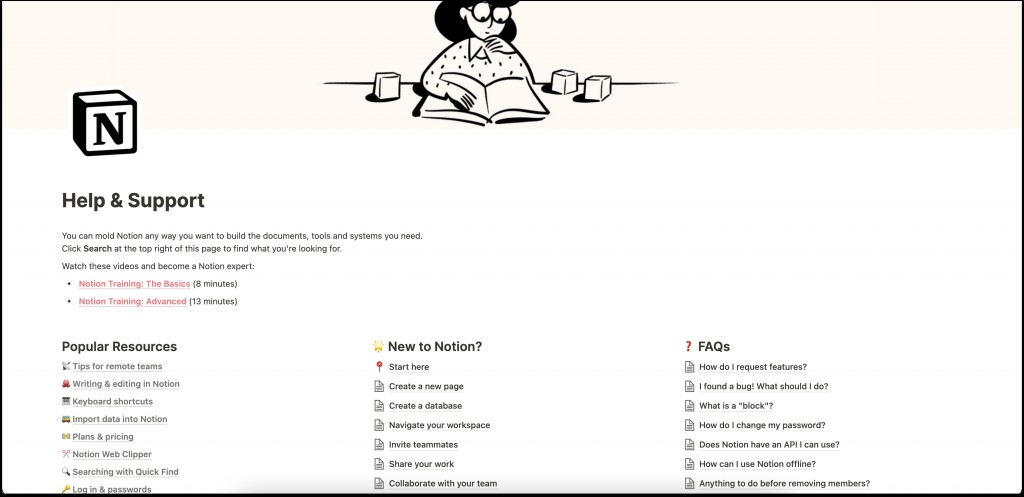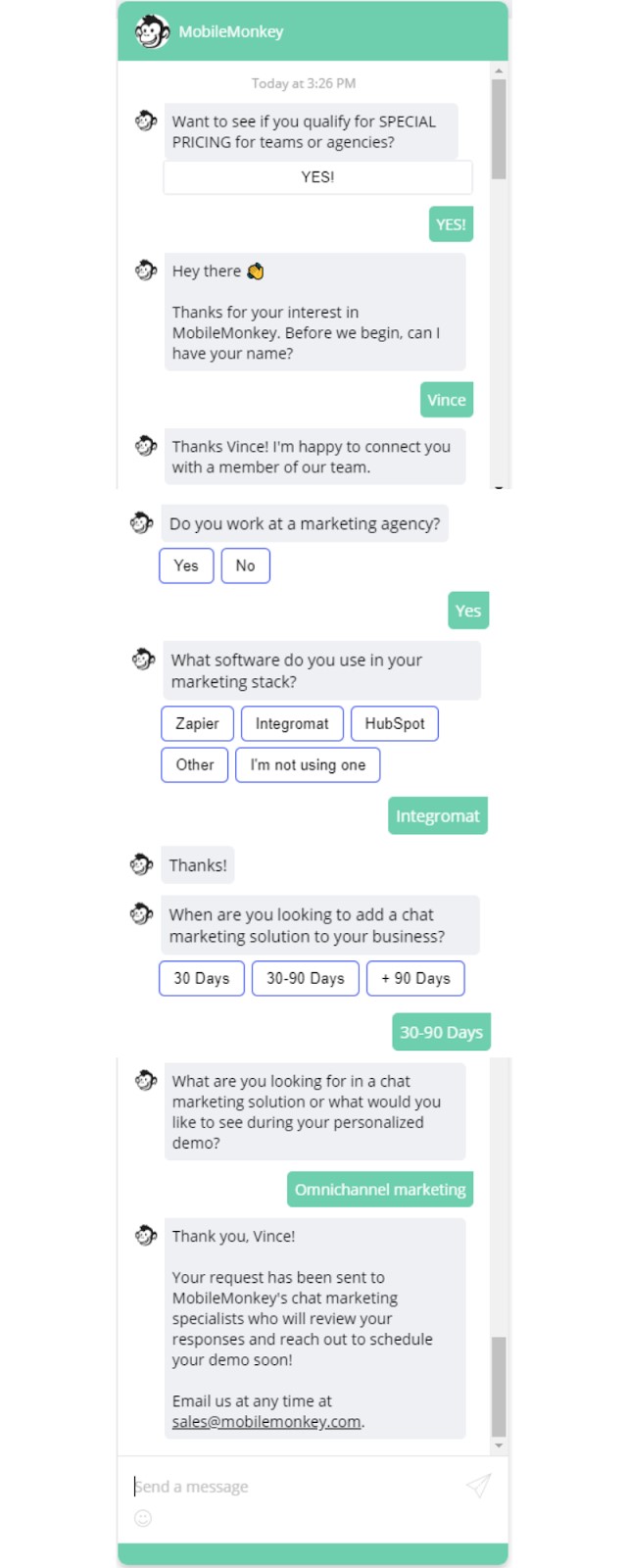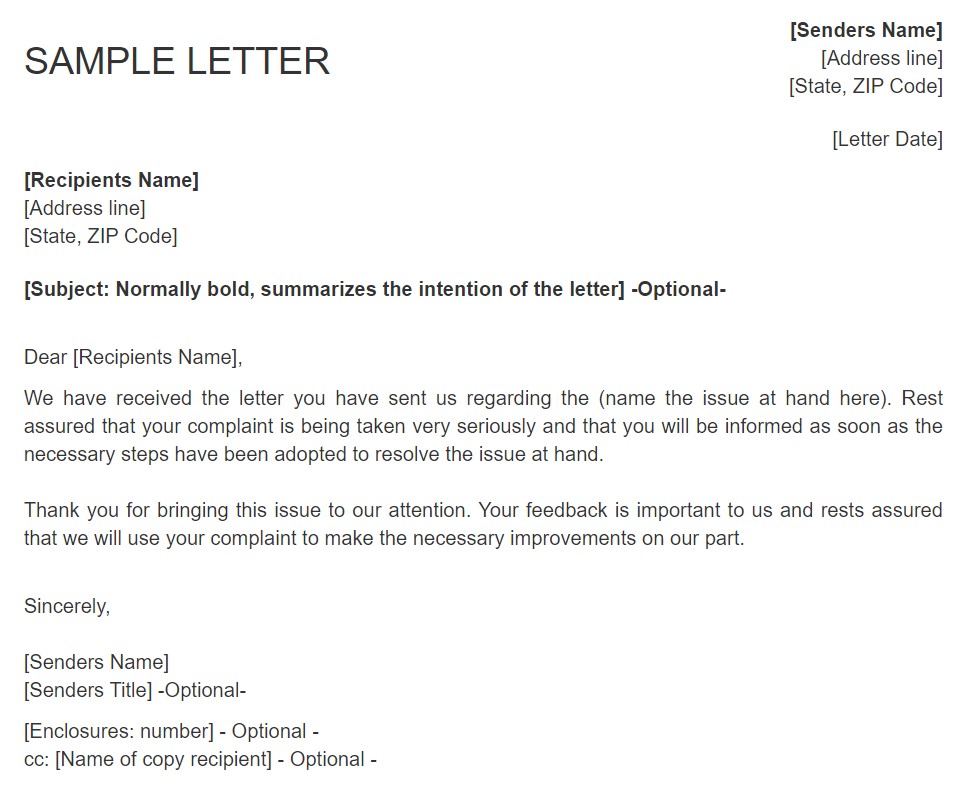Excellent customer service is gradually building its way to being a priority for any business. But before you can help your client, you have to understand them. That simple fact makes empathy a crucial trait of a good customer representative.
But can empathy be taught?
While it is surely an innate quality, there are still certain behaviours that you can practise until they become a habit. In this post, we will discuss what traits make you an empathetic company.
How empathy is tied to customer service
Customers prefer having a relationship with a company rather than being treated like a ticket or task.
In the PwC survey, over 70% of respondents said that customer experience is important for their purchasing decisions. The same survey shows that clients consider a CX being positive if a company rep remembers their ID, conversation and the purchase history. Even more, this requirement should be met regardless of the communication channel that a customer currently uses. Turning to support service, clients expect their issues to be solved fast.
And the first step to solving a problem is to acknowledge it, which takes us to the definition of empathy.
According to the Cambridge Dictionary, empathy is “the ability to share someone else's feelings or experiences by imagining what it would be like to be in that person's situation.” In terms of customer service, that implies being able to put yourself in a client’s shoes.
In other words, a support agent should be able to understand what their customers feel when dealing with the company.
At the same time, being empathetic doesn’t necessarily mean agreeing with a client’s point of view. Quite the opposite, a service rep should identify what actions could lead to an undesirable result and guide the client out of it.
Feeling understood is one of the basic human needs. And a customer service team’s task is to satisfy it. By being empathetic, a service agent can establish friendlier relationships with customers, identify their needs better, manage conflicts and even predict a client’s behaviour.
Tips to demonstrate empathy in client support
It is definitely tricky to identify your job customer representative empathy level. But, the good news is, empathy can be trained by adopting the following six easy techniques.
1. Don’t assume
When a customer reaches out with a notice about an issue, let them describe their problem in detail. As a service agent, don’t jump to conclusions and solution offerings, even when the problem looks very familiar.
At the same time, don’t assume your customer doesn’t know any basic ways to solve the problem. Instead of asking them to reboot their computer, ask if they already tried it and move on to another possible solution.
This approach will help to avoid extra frustration from your customer. Rather than (unintentionally) underestimating their cognitive abilities, you will show them you are working to fix the problem with minimal waste of resources from their side.
2. Ask for a customer’s solution
Sometimes, customers have too high expectations for a product, service or a support agent. In this case, try asking which solution would work best for them and if they see any other options that you didn’t offer.
Thus, you will encourage them to see your point and work together rather than confront you.
3. Create empathetic content
As a company's manager, you can take the load off your support team by creating a powerful self-service platform. If you make content work as a service agent, you need to create it with empathy in mind, too.
First, make sure every content piece on your website provides value. It should educate visitors on topics relevant to your industry and empower your audience to do better. As a provider, you must teach your customers to make the most of your product or service. This encourages customers to trust and rely on your company.
A good example of this approach is LinkedIn with their e-book, The Secret Sauce: Learn How LinkedIn Uses LinkedIn for Marketing. It gives inside information that marketers can apply to boost their growth.
Next, make your website easy to navigate. Section all the information you have under clear headings, as shown on the image below. If you add a search option, think of all the possible variants a user can try to find a certain post on your website and use them as keywords.

Lastly, consider integrating a CPaaS solution into your existing applications for fast contact with a support centre if someone fails to find the required information.
4. Prioritise active listening
The work of a customer support agent involves many distractions. Yet, it is crucial to focus on what the client is saying in order to approach the situation with empathy. Here are four components of active listening:
- Focus all of your attention on the speaker and stop fiddling with a pen. Listening is an entire-body thing, even if you’re talking on the phone
- Encouragement. Show the speaker that you’re following them, digesting and are ready for more. You can use something as simple as understanding noises like “mhm”, but make sure you’re not trying to rush the speaker or interrupt them
- Questioning. Ask the speaker about their point of view in “you” questions. Thus, you’ll show attention and inspire trust in them. Speak slowly and smile — this will help you stay positive as you search for a solution
- Reflection. Repeat what you’ve heard in your own words to make sure you understood everything correctly
Below, you can see a screenshot from MobileMonkey live chat. While run by a bot, note how it always confirms the received information and tells what action will be taken using this data. In this chat, the client is 100% sure they are heard and will get what they need.

5. Acknowledge customer’s concerns
When a customer reaches out to you with a concern or a problem, they may feel a range of emotions — from confusement to rage. Before you jump to offering solutions, it is important to validate your customer’s feelings. This serves several purposes:
- Communicates acceptance. Acknowledging that the situation is frustrating/confusing shows that you care about the speaker and accept them as they are
- Strengthens relationships. When people feel understood, they tend to be more connected
- Regulates emotions. Some research suggests that if a person feels understood, they tend to experience less intensive emotions and can control themselves better. It’s extremely important in case of angry customers who are unwilling to cooperate
Below, there is a template of a complaint acknowledgement letter. Note that it doesn’t sound like an apology. Instead, the sender expresses gratitude for being informed about the issue to prevent it from happening again.

6. Track and address biases
The University of Michigan polled adults aged 50 to 80 and found that over 80% of them have been facing different forms of ageism in their everyday lives. Another research shows that there is a difference in customer service ratings depending on the customer’s gender.
Biases are what we learn without noticing, so it’s easy to assume that an older person isn’t tech-savvy enough or treat someone differently based on their sex, language, accent etc. As a manager, it is your job to register the problematic points and instil healthy patterns of conduct.
One way to keep biases under control is to identify your atypical customers and imagine how your company’s employees could react to them. For example, a death metal music shop would likely not see elderly Indian women in its walls often. Imagining that she tried to purchase something, you will find many unintentional stereotypes driving the shop employees’ behaviour.
A good example of a company that suffered from employee biases but managed to fix the issue and stay afloat is Starbucks. In 2018, Starbucks staff accused two black males of trespassing because they sat in a café without ordering anything. After bringing a public apology, the company closed its stores for a day to conduct racial bias training for its employees.
7. Ask for feedback (and act on it)
The best way to learn if your customer support is good is to look at customers’ ratings. Moreover, by asking your clients questions on what you should improve, you get an insight into the coming market trends and get ahead of your competition.
Also, by nurturing your returning clients, you lay a foundation of strong customer loyalty. This, in turn, will help you generate more leads and increase revenue.
To effectively gather client feedback, you should come up with quick and fun methods. Your clients are busy and don’t have time for long surveys. Instead, offer them a simple feedback form to rate the quality of service they’ve just received.
Apple acts wisely by asking its clients how likely they are to recommend their product. Next, they contact those who give 6/10 points or less with a question on what they could do better. Then the feedback is used to train the support staff on better customer interaction. As a result, Apple is among the companies with the highest NPS score in the industry.
8. Watch your body language
The body is a powerful communication tool, and most people are masters of interpreting non-verbal signals. The only trick is that it often happens unconsciously, making it hard for one to control. Still, practice makes perfect, and there are some rules to follow if you want to get better at sending the right signals and reading emotions:
- Watch your posture. Keeping your back straight with your chin up and a smile speaks for confidence and willingness to help. On the contrary, slouching over and keeping arms crossed suggests being defensive, irritated or lethargic
- Keep eye contact. Good eye contact is a sign of attention since one can read the facial expressions of the speaker. By focusing enough to read the recipient’s eye colour, you let them know they are seen and liked. On the other hand, staring can make people feel uncomfortable, so don’t overdo it
- Relax your facial muscles. Humans tend to mimic the facial expressions of their interlocutors to feel what they feel. One study suggests that mimicry impairments are closely linked to social disorders, making people with less active mimics less empathetic. Take a deep breath and relax your face, so it can naturally mimic the client’s expressions
Takeaways
People are emotional creatures, and many decisions come from feelings rather than logic. Nurturing empathy in your customer service adds to the ability of having human interaction with a customer. Empathy is essential in cases when you can’t solve the issue straight away.
While most customers would understand that, they still reach out to see their feelings are validated, and the company does its best to alleviate the discomfort.
About the author:
Julia Serdiuk is an outreach specialist at HelpCrunch, an innovative platform to build relationships with customers. She is a seasoned traveller and yoga enthusiast. Appreciates life and believes in the cloudless future of our planet.

